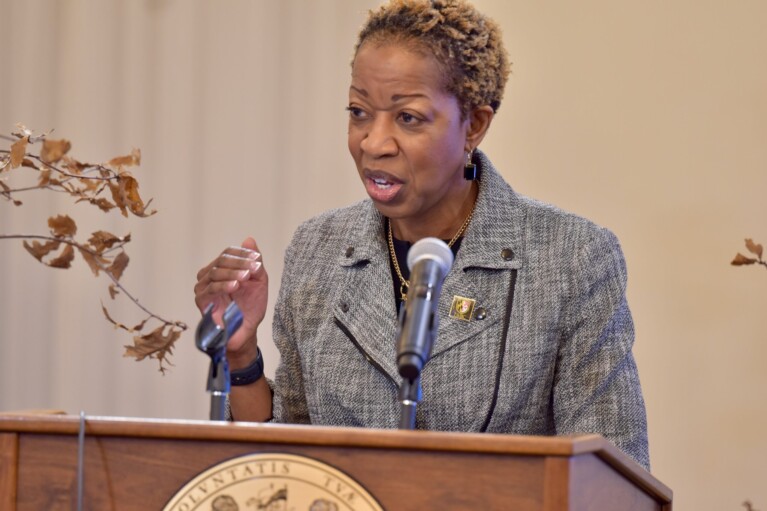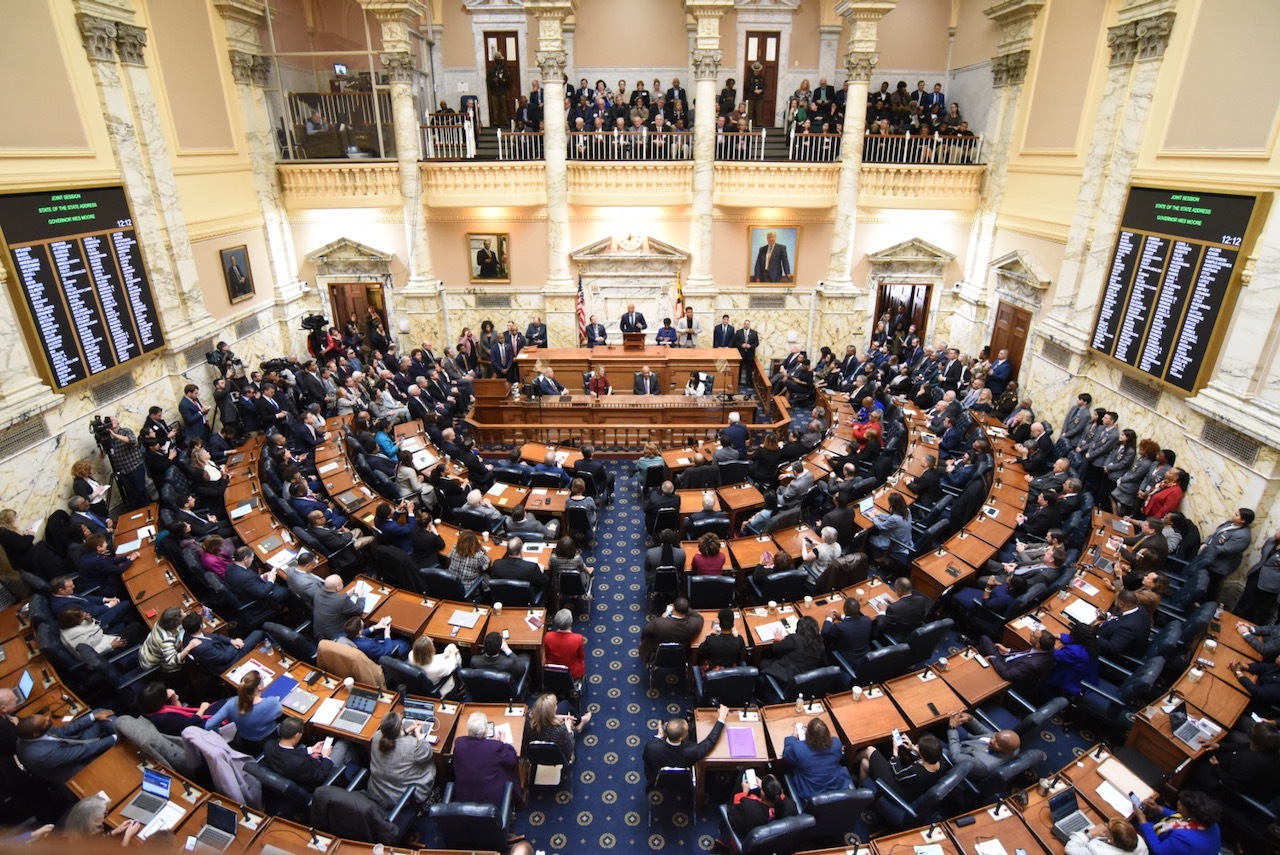After final balance sheets tallied for 2022 fiscal year, Maryland sees another multi-billion-dollar state surplus

Maryland has ended another fiscal year with another unanticipated budget surplus — and this year some of that windfall will automatically be redirected to state savings accounts, school construction programs and state employee wage increases.
Comptroller Peter V.R. Franchot (D) announced the general fund surplus, just shy of $2 billion, on Wednesday.
Through various budget provisions, about $500 million will be redirected to the state’s Rainy Day Fund, boosting its balance to $1.66 billion. About $370 million will go to the Fiscal Responsibility Fund, which supports capital investments in K-12 public schools, community colleges and public higher education institutions, as well as pay increases for eligible state government employees represented by collective bargaining units.
Contributing to the windfall were personal income tax revenues, which came in 15.7% higher than projected, a 19.6% increase in sales and use taxes, and a 16.3% increase in corporate income tax, after companies saw rebounding profit growths.
“The unprecedented federal stimulus coupled with State measures in response to the COVID-19 pandemic had a larger positive impact on State tax revenues than initially anticipated,” Robert J. Rehrmann, director of the Bureau of Revenue Estimates, wrote in a letter to the state’s top fiscal leaders this week.
Franchot discussed the balance at the state’s Board of Public Works meeting Wednesday.
“We must heed the lessons learned from the COVID-19 pandemic. Many residents and businesses who desperately needed help did not receive a dime of assistance from state government, either because they weren’t eligible for the programs or because the money ran out,” Franchot said. “We can’t let that happen again, and until we know what our economic conditions will be like a year from now, it would be imprudent to spend this money.”
He urged policymakers to deposit the full unassigned balance of $1.121 billion into the Rainy Day Fund to better prepare for an economic disaster.
Lt. Gov. Boyd Rutherford (R), who was presiding over the Board of Public Works while Gov. Larry Hogan (R) is on a trade mission to Asia, also urged caution.
“They should not go hog wild on the spending. Because we don’t know what’s going to happen and there are some projecting that we’re going to see [an economic] downturn in the next couple of years,” he said.
Rehrmann agreed in his letter.
“We expect growth to slow in the near-term, though the pace and size of the slowdown are difficult to predict,” Rehrmann wrote. “Whether the State’s tax revenue continues to grow on top of this unexpectedly high base over our forecast horizon – to what extent the revenue gains of the past few years will be temporary or sustained – depends primarily on whether, and at what pace, the economy continues to grow.”
At Wednesday’s meeting, Franchot turned to Treasurer Dereck Davis (D), who, after new statewide officers are sworn in next year, will be the only remaining member of the panel.
“Mr. Treasurer, you can play a big role in this. Because caution is always called for,” he said.
State Del. Brooke Lierman (D-Baltimore City), the Democratic nominee for comptroller, released a statement vowing to responsibly oversee spending of the surplus.
“It will be essential to have added transparency with how these funds are being used and I will hold agencies accountable to make sure these funds reach the families and communities they are meant to support,” she said. “While investing in public schools, transit, and state workers, we will also maintain a healthy rainy day fund and our AAA bond rating.”
Lierman faces Republican Barry Glassman, the term-limited Harford County executive, in November.
This is the second year lawmakers have reported substantial surpluses in state funding, despite the havoc wrought by the COVID-19 pandemic on some Maryland families and businesses. The current 2023 fiscal year budget represents a more than 10% increase over the prior year’s spending.




 Creative Commons Attribution
Creative Commons Attribution